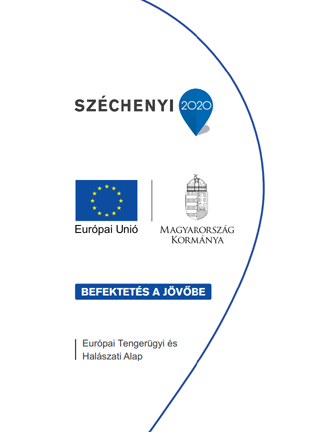THE NON-NATIVE MONOGENEA THAPAROCLEIDUS CAECUS (MONOGENEA: DACTYLOGYRIDAE) IN INDIA ON ITS INTRODUCED HOST, PANGASIANODON HYPOPHTHALMUS (SAUVAGE, 1878): ABOUT TWO DECADES OF UNNOTICED PRESENCE
Anshu Chaudhary1,2, Hridaya Shanker Singh1, Csaba Székely2
1Molecular Taxonomy Laboratory, Department of Zoology, Ch. Charan Singh University, Meerut - 250 004, India
2MTA Centre for Agricultural Research, Institute for Veterinary Medical Research, Budapest,
Abstract
In the context of biological invasion, scientists increasingly aware the impact of invasive species on native communities. The introduced species can act as vector of non-native parasites with devastating effects. Exotic species tremendously cause economic loss, modify ecosystem functions and can threaten the native ones. During a survey of non-native monogenean parasites in Meerut region, India, the freshwater iridescent shark of family Pangasiidae, Pangasianodon hypophthalmus (Previously Pangasius sutchi) was found infected with monogenean parasites. Pangasianodon hypophthalmus, a freshwater fish popular for used as food in India which is also abundantly available in Vietnam, Bangladesh, Indonesia and Thailand. It is a native of Mekong River in Vietnam has been introduced in several ecosystems worldwide, reproduced at a high rate, resulting in dense population of small specimens. P. hypophthalmus has been proven adaptable for intensive production in many countries and culturing this fish to boost up aquaculture.
Parasitological examination of P. sutchi revealed the presence of a non-native monogenean parasite of genus Thaparocleidus. The large number of parasites (~200) on a single fish, suggests their successful reproduction in the non-native Indian geographical region. Morphology and morphometrics of the parasite showed similarity with Thaparocleidus caecus (Mizelle and Kritsky, 1969) Gussev, 1978 of Southeast Asia. After morphological analysis we have examined 28S rDNA sequences of the parasites to substantiate the findings. This represents the first record of T. caecus in India and provides a clear avenue for human-assisted introduction of P. hypophthalmus.
The 28S rDNA sequence of T. caecus (627 bps) did not show a close relationship with any other Thaparocleidus represented in GenBank, except Thaparocleidus sp. BDY (EF100555) (98%). The 28S tree showed a better resolution within the clade for T. caecus (high bootstrap values of 100%). This similarity might be revised in the future as no 28S sequence for T. caecus species is available now. T. ceaceus is differentiated among Thaparocleidus species by 2% generic difference in their nucleotide sequence calculated by NCBI BLAST and also through analysis of MEGA software. This is the first and only 28S sequence of T. caecus (KF361477) available on Genbank database. Thus, it seemed possible that this non-native monogenea has remained unnoticed over the past decades.
Acknowledgements: Type D Scholarship provided by Balassi Institute, Hungarian Scholarship Board and UGC (University Grants Commission) India, under the Post Doctoral Fellowship to Anshu Chaudhary and by the Uttar Pradesh Government, Centre of Excellence, India, to HSS, project number (No.1486/70-4-2011-46(43)/2010).
Programajánló
Hírek
Tisztelt Látogatók!
A hazai agrár-felsőoktatás szükséges megújulásának mérföldköve az alapítványi fenntartású Magyar Agrár- és Élettudományi Egyetem (MATE) létrejötte, amely 2021. február 1-től 5 campuson, több mint 13 ezer hallgató számára fogja össze a dunántúli és közép-magyarországi élettudományi és kapcsolódó képzéseket. Az intézményhez csatlakozik a Nemzeti Agrárkutatási és Innovációs Központ (NAIK) 11 kutatóintézete is, így az új intézmény nem csupán egy oktatási intézmény lesz, hanem az ágazat szellemi, szakpolitikai és innovációs központjává válik, amely nagyobb mozgásteret biztosít a képzések, a gazdálkodás és szervezet modernizálásához, fejlesztéséhez. Az összeolvadással magasabb fokozatra kapcsolunk, a kutatói és egyetemi szféra szorosabban fonódik majd össze, aminek következtében még több érdekes, izgalmas kutatás-fejlesztés születhet majd az agrárium területén.
Kérjük, kövesse tevékenységünket a jövőben is a www.uni-mate.hu honlapon!
A szokásostól eltérően az idei évben ősszel, október 03-04 között került megrendezésre az Ultrabalaton csapatversenye. NAIK-os csapat az idei évben állt először rajthoz a 14. alkalommal kiírt versenyen.



